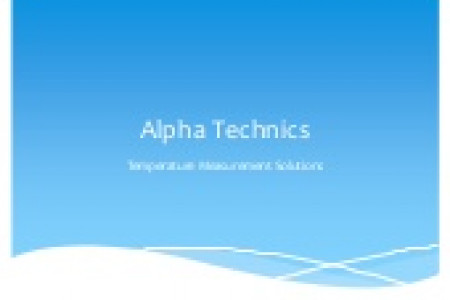
Spaced Out: The Energy Department's Technology in Space
SPACED OUT From space power systems to gamma ray detectors, technology developed by the Energy Department and its National Labs has traveled to the edge of our solar system and beyond. Beginning with the development of space power systems in the 1960s, the National Labs have supported dozens of missions to space by NASA and other federal agencies. THE SUN MISSION: ULYSSES LAUNCHED IN 1990 Fueled by a nuclear power system known as a radioisotope thermoelectric generator, Ulysses was the first mission to survey the space environment above and below the poles of our sun. MERCURY MISSION: MESSENGER LAUNCHED IN 2004 35.98 million On board the Messenger spacecraft, Livermore Lab's miles from gamma ray spectrometer measures the energy of the the Sun gamma rays emitted by Mercury's radioactive surface to determine its elemental and mineral composition. 67.24 million VENUS miles from MISSION: PIONEER VENUS ORBITER the Sun LAUNCHED IN 1978 The Gamma Burst Detector on board the Pioneer Venus Orbiter, developed by a partnership between Los Alamos and Sandia National Laboratories, was designed to record the temporal and spectral characteristics of cosmic gamma-ray bursts. That's us! EARTH MISSION: CLEMENTINE LAUNCHED IN 1994 The Clementine space mission used cameras developed at Livermore Lab to map the entire surface of the moon. Data from Clementine indicated the presence of frozen water near the moon's south pole. 92.96 million miles from the Sun MARS MISSION: CURIOSITY ROVER LAUNCHED IN 2011 Powered by a radioisotope thermoelectric generator constructed, assembled and tested at several Energy 141.6 million Department National Labs, the Curiosity Rover also miles from carries the ChemCam -- an instrument developed by the Sun Los Alamos National Lab to rapidly analyze rocks and soil to determine their compositions. 186 to 370 million miles from the Sun ASTEROID BELT MISSION: DAWN LAUNCHED IN 2007 The Dawn spacecraft carries a gamma ray and neutron detector developed and operated by Los Alamos National Lab to map the major elements and chemical composition of the asteroids Ceres and Vesta. Dawn has already reached Vesta, but is expected to reach Ceres in 2015. 483.8 million miles from the Sun JUPITER MISSION: GALILEO LAUNCHED IN 1989 Powered by two radioisotope thermoelectric generators, Galileo was the first spacecraft to orbit Jupiter and found evidence for liquid water oceans under the moon Europa's icy surface. SATURN MISSION: CASSINI LAUNCHED IN 1997 In 2012, scientists at Los Alamos National Lab discovered molecular oxygen ions in the upper atmosphere of Saturn's moon, Dione. The discovery was made possible by two Los Alamos-built instruments, an ion-beam spectrometer and ion-mass spectrometer, which are used 890.7 million to determine the composition of various materials. miles from the Sun NEPTUNE URANUS MISSION: VOYÁGER 2 LAUNCHED IN 1977 Powered by radioisotope thermoelectric generators, Voyager 2 is the only spacecraft to have visited Uranus and Neptune. It is still operating today, 36 years after launch. 1.787 billion 2.798 billion miles from miles from the Sun the Sun PLUTO MISSION: NEW HORIZONS LAUNCHED IN 2006 3.67 billion miles from Powered by a radioisotope thermoelectric the Sun generator, the New Horizons spacecraft will arrive at Pluto in 2015 and is designed to make the first close-up study of Pluto, its moons and other icy worlds in the distant Kuiper Belt. INTERSTELLAR SPACE 12 billion miles MISSION: VOYAGER 1 LAUNCHED IN 1977 from the Sun (and beyond!) Voyager 1 left the solar system and entered interstellar space in August 2012. It is still operating today, 36 years after launch, due to its radioisotope thermoelectric generators, developed by the Energy Department. power source -- OENERGY.GOV
Spaced Out: The Energy Department's Technology in Space
Source
http://energ...departmentCategory
ScienceGet a Quote









